An Evening of Exploration
Bella Musica Concert
December 8, 2024
Music Director: Olesia Castuera
Accompanist: Rebecca Hass
§
For best viewing experience on a mobile device, double-tap on the text.
Kyrie from Mass for Three Voices
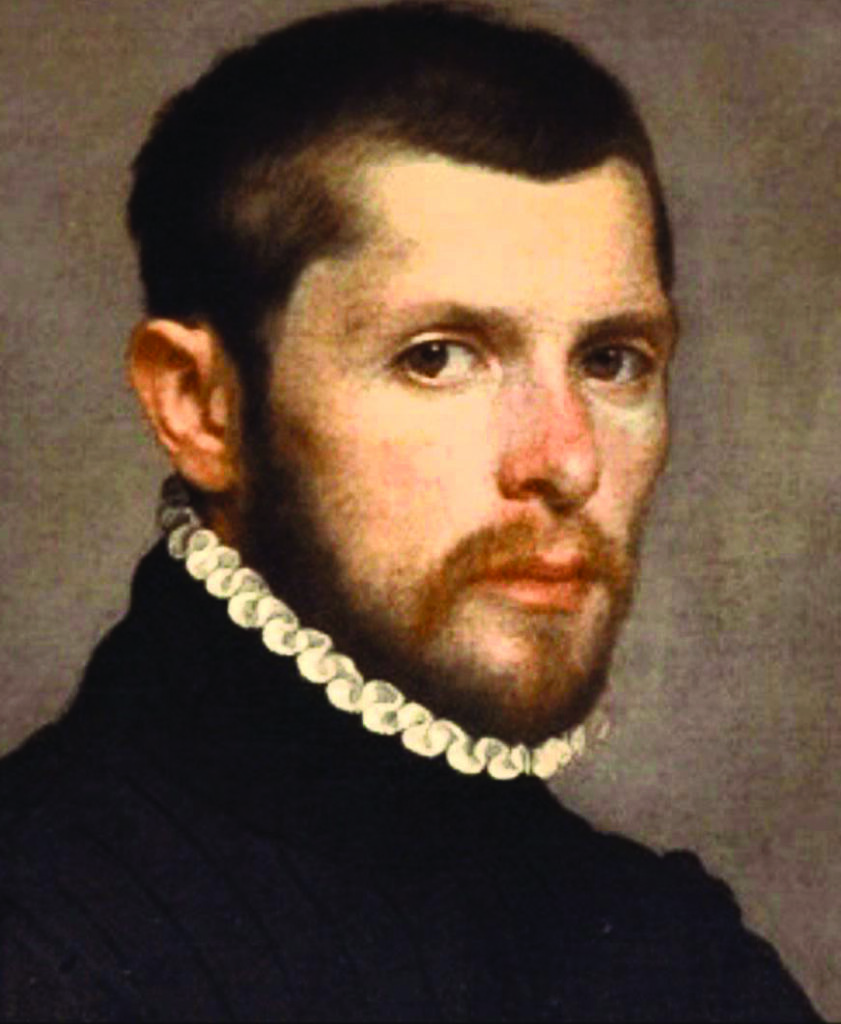
by William Byrd
“Kyrie” is the first movement from William Byrd’s Mass for Three Voices. The choir repeats the phrase “Lord have mercy” in three parts, originally written for soprano, tenor, and bass. While the rhythms remain simple, listeners can hear some polyphony, a technique common to the Renaissance era in which the various voice parts move as independent melodies while still harmonizing together.
William Byrd is one of the household names of the Renaissance. He started out as a chorister at the Royal Chapel and later was an assistant to Thomas Tallis. After making his own name, he continued the choral lineage by working at the Royal Chapel himself. At a time of religious conflict in England, he was one of the rare few able to have a foot in both the Anglican and the Catholic world. Personally, he was Catholic and his convictions kept him writing for the few Catholic groups that he knew personally. However, he mainly served the Church of England with his vocal and instrumental work and avoided persecution largely because of the patronage of Queen Elizabeth. Throughout his life, he wrote a variety of music, including secular and sacred, vocal and instrumental, but his vocal works are his most well-known compositions.
Riu, Riu, Chiu
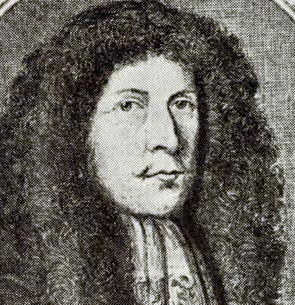
by Mateo Flecha the Elder
Riu Riu Chiu is a villancillo written by Mateo Flecha in 1553. This is a Spanish genre originally connected to folk songs but now is associated Advent and Christmas carols. Its verse and refrain form allows it to be rich with text and learned easily. In this piece, the nonsense text “Riu Riu Chiu” is said to represent the call of the nightingale or the kingfisher bird. Riu also translates to “river” in the Catalan language, in alignment with the birth place of the composer. Notice the syncopation that has become a main characteristic of Spanish music.
O Magnum Mysterium
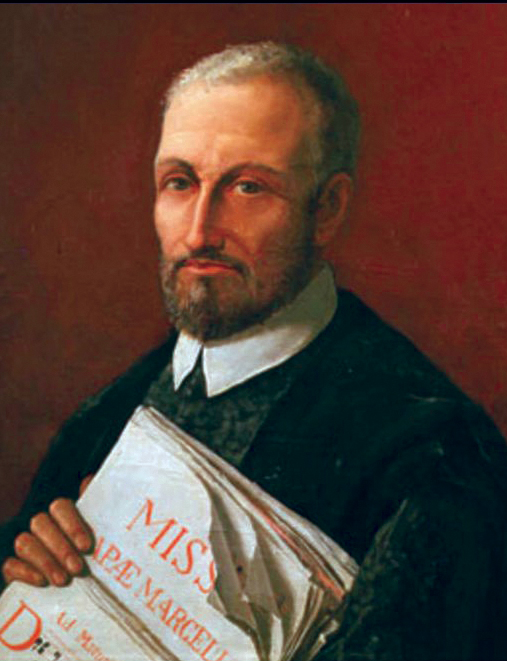 by Tomás Luis de Victoria
by Tomás Luis de Victoria
Tomas Luis de Victoria is possibly the most famous Spanish Renaissance composer. Born in Avila, Spain he wrote music for the church primarily due to his passion for his faith. He studied in Rome, then returned to Spain, serving as chaplain then singer and organist. His style includes pervasive imitation, with portions of homophony, and his music is known to be logical and tonal, clear in texture, with short and balanced phrases. His music expresses a mystical intensity and passion that stands out among the music of his peers.
In this piece, notice how different voice parts sing similar melodies and text at different times. Like a puzzle, parts weave in and out of each other, copying lines here and parts of lines there, while still working together harmonically. It’s possibly the most well-known vocal Renaissance piece.
Generally, vocal music in the Renaissance had much more flexibility in its application. The key was freely adjusted to fit the range of the singers. The tempo was more informed by the text and mood, rather than by a marking by the composer. The lack of bar lines allowed the singers to more clearly see and feel the flow of the individual lines. While our arrangement has bar lines for ease of reading, breaths, dynamics and tempo are all up to us and what make musical sense to our ears. This is one of the joys of choral music.
The Huron Carol
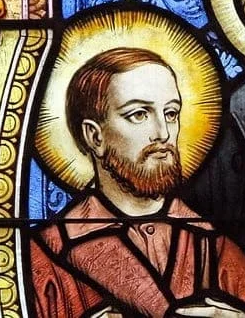 by St. Jean de Brébeuf, arranged by Sarah Quartel
by St. Jean de Brébeuf, arranged by Sarah Quartel
The Huron Carol is known as Canada’s first Christmas carol, going back to the Jesuit priest Jean de Brébeuf in the 1640s. Fluent in Wendat and also a language scholar, Brebeuf created text using ideas and speech patterns in a sophisticated manner to tell the Christmas story to the Huron-Wendat group, a First Nation group from modern day Ontario area, without really introducing European concepts. He used the folk tune Une Jeune Pucelle, possibly because it had some resemblance to Wendat tonalities. In 1899, the text was translated into French by a Huron/Wendat chief, with some edits to modernize the language. It was translated again by Canadian poet Jesse Edgar Middleton and this version was said to be more an interpretation, since Middleton didn’t have knowledge of the Huron language. Over time, the text became more of a mixture of languages and cultures, but recently there is a public desire to learn more about the original Wendat text. It has even been translated into and recorded in other native languages. Our arrangement by Sarah Quartel has a mysterious and reverent quality to it, utilizing the piano and a cappella choir.
This Have I done for My True Love
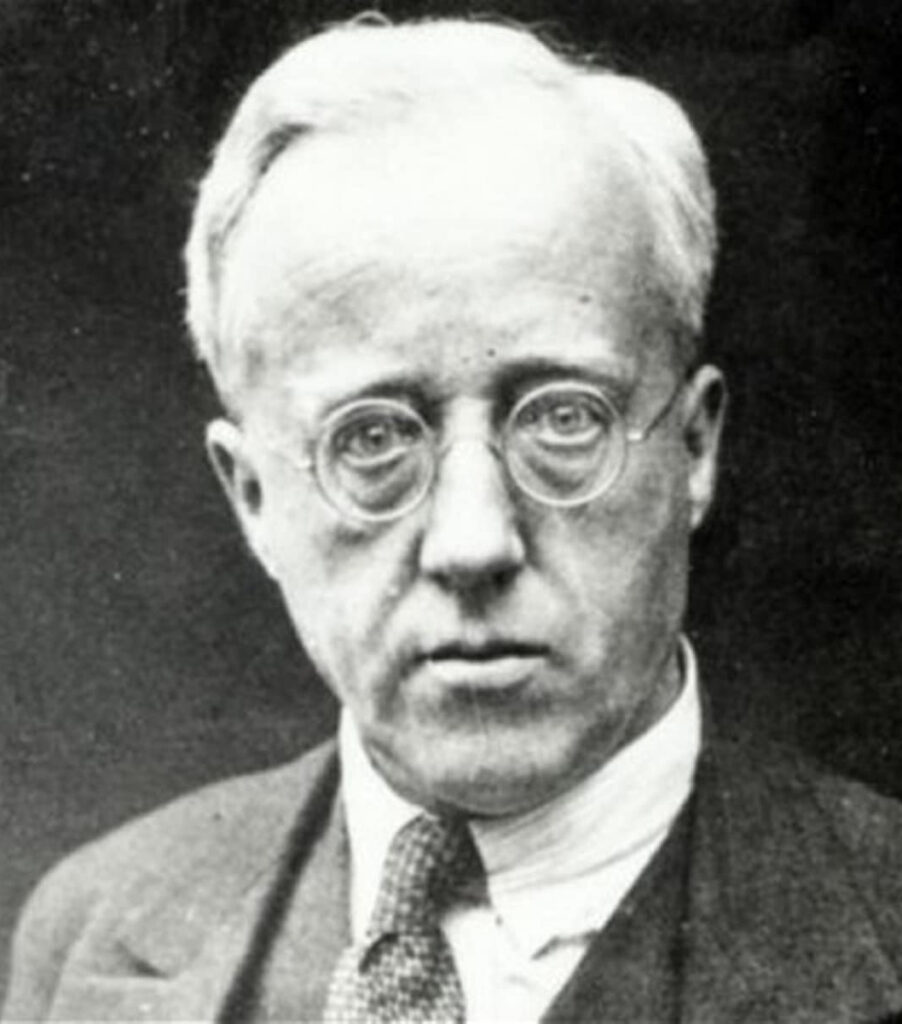
by Gustav Holst (1874 – 1934)
Holst discovered the Cornish carol This Have I Done for My True Love when he was living in a country cottage in Thaxted. Uninspired by the tune, he created his own melody that was so reminiscent of a folk tune, people assumed it had been around for ages. Comparing the redemptive work of Christ to the “Great Dance,” this piece is intriguing in its word painting, its lilting rhythms and unique text.
Born in Cheltenham, England, Gustav Holst is best known for his work The Planets, an orchestral suite that greatly influenced countless composers, especially those in film. He is also known for his setting of Christina Rosetti’s poem, In the Bleak Midwinter. A teacher and conductor at a girls’ school, he preferred a quiet life composing and teaching. His unique and eclectic style contains beloved English folk song arrangements, sacred music and also influences from Hindu literature.
He studied piano, organ, and violin but found the most success with his trombone playing. After admission to the Royal College of Music, he studied with Charles Villiers Stanford and became close friends and colleagues with Ralph Vaughan Williams. The bulk of Holst’s life consisted of playing trombone, conducting a choir, and teaching music at a girls’ school as well as Morley College.
My Good Lord Done Been Here
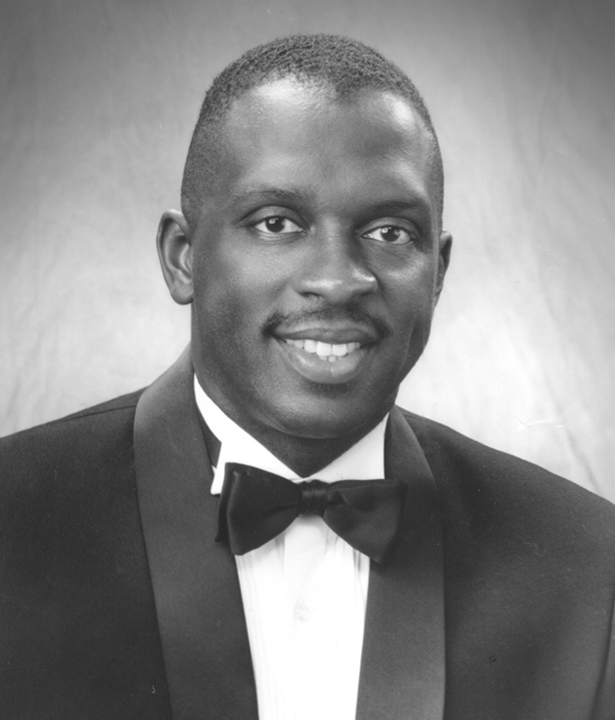
Traditional, arranged by Moses Hogan (1957 – 2003)
My Good Lord’s Done Been Here was originally an arrangement for solo voice and piano by Moses Hogan, rearranged for choir by Rollo Dillworth. Two great names in the choral world, both of these composer/arrangers are celebrated for their zeal and excellence in bringing Black Spirituals to the concert hall. Hogan was born in New Orleans and studied at the Oberlin Conservatory of Music as well as the Juilliard School of Music. Over his lifetime, he published over 86 original arrangements for voices, many of which are standard in the choral music canon. In efforts to promote Spirituals, he founded the Moses Hogan Chorale, the Moses Hogan Singers and many other groups. His most famous piece is Elijah Rock. My Good Lord’s Done Been Here features traits common to Spirituals, including call and response, repetition, and a strong theme of faith.
The Road Not Taken
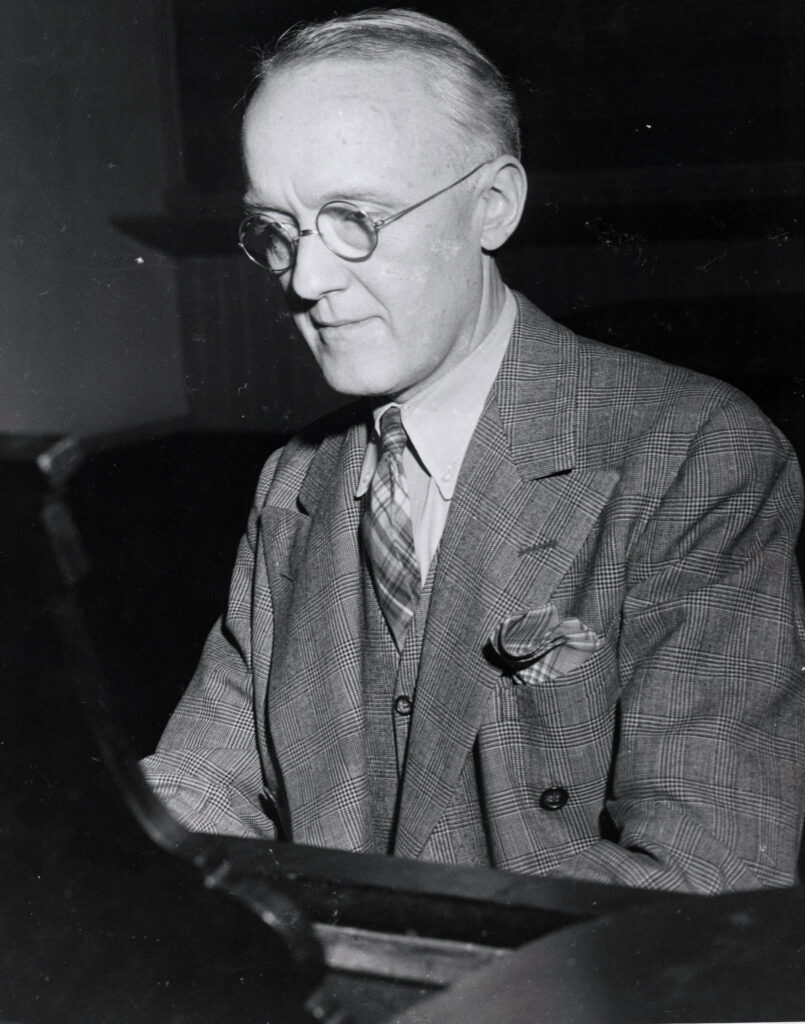
Text by Robert Frost, music by Randall Thompson
“The Road Not Taken” is from a larger work called Frostiana: Seven Country Songs, written for mixed voices and orchestra. The well-known poem by Robert Frost takes us on a universally understood experience of making potentially life altering choices in life.
Born in New York at the turn of the century, Randall Thompson (1899-1945) helped to shape the choral music of the 20th century. He studied at Harvard then Eastman School of Music and eventually taught at the esteemed Curtis Institute of Philadelphia. He even spent some time as a professor at the University of California Berkeley. As an academic, his research influenced music education by strengthening the field of music in American colleges, helping to create a more holistic system of music education. As a composer, he sought to create a unique style that was influenced by European music of all eras but that would inspire the listeners of his day. He composed in a variety of media including symphonies, solo piano, instrumental, and opera but he is best known for his choral music. Frostiana, Alleluia, and The Testament of Freedom are some of his best-known pieces that are often performed today.
Una Forma Más
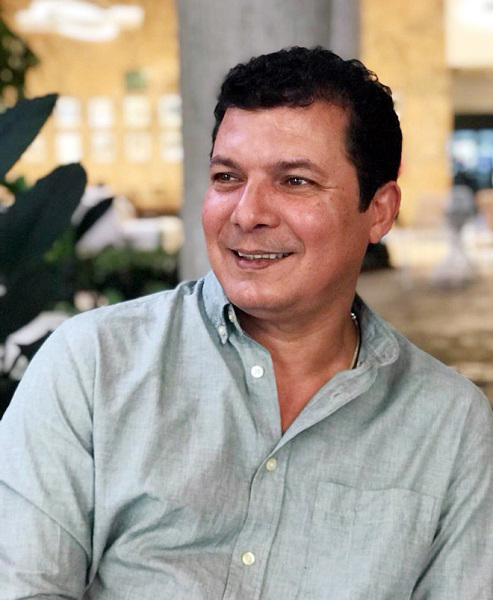
by René Baños (b. 1979)
This piece is an optimistic song that conveys the Latin spirit through rhythm and positive message of hope. The rhythm of the clave and the syncopations of the bass voices are the foundation upon which the melody (shared by the tenors and sopranos) interweaves with other rhythmic complexities to bring the piece to life. Founding director of the Cuban a capella ensemble Vocal Sampling, and a musical TV host in Cuba, Mr. Baños began studying violin at the age of eight, moving on to piano and composition.
Ubi Caritas

by Ola Gjielo
A hymn of the Western Church, and long used as an antiphon for the washing of feet on Maundy Thursday, the text of Ubi Caritas is attributed to Paulinus of Aquileia in 796. It is currently found in Roman Catholic, Anglican and Lutheran hymnals. Mr. Gjielo notes that his setting of the text “draws inspiration from the Gregorian chant tradition,” but “is entirely original and not based on any existing chants.”
Our arrangement of Ubi Caritas is a transcription of an improvised piano solo over the original a cappella choral work. While it ironically defeats the purpose of calling something “improvised,” this transcription gives listeners a taste of the experience of a choir collaborating with a improvised piano, something almost never done. Inspired by its popularity on YouTube, Ola Gjeilo’s love of choral music and the piano is visible in this tender arrangement.
Norwegian born Ola Gjeilo grew up listening to a variety of musical genres. His formal studies began at the Norwegian Academy of Musicin Oslo and continued at the renowned Juilliard School in New York City and later at the Royal College of Music in London. He has written compositions for choir, wind band, and piano and many of his albums have a second version containing piano improvisations over the arranged music. He has collaborated with esteemed ensembles such as Voces8 and Tenebrae, and has been composer-in-residence for the Arizona-based Phoenix Chorale, conducted by Charles Bruffy. While his music is influenced by the choral greats as well as jazz, folk, and pop music, he has a special love for film music, evidenced by the lush, airy but thick sounds he creates in his compositions.
Hymne au Soleil
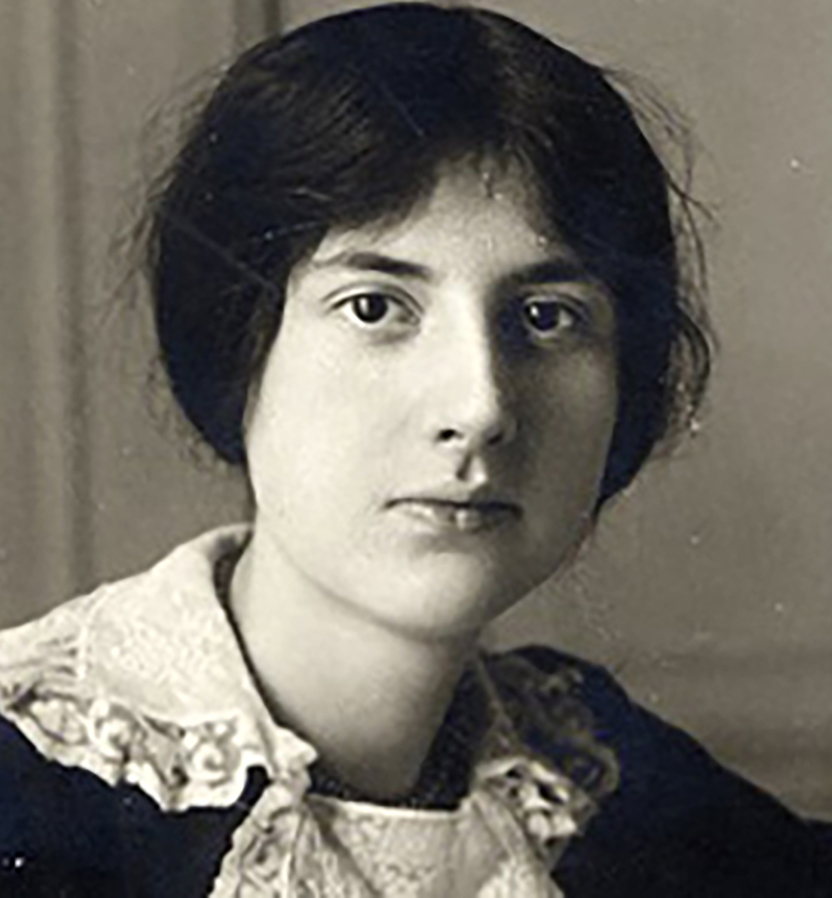
by Lili Boulanger 1893–1918
Lili Boulanger was a Parisian composer and the first female winner of the Prix de Rome composition prize, at age 19. She was also the sister to well-known music teacher, composer and conductor Nadia Boulanger, who taught many famous composers, including Quincy Jones. Her parents, both musicians, encouraged the sisters’ musical education.
Boulanger grew up in a time of musical transition and her music fits easily into what was becoming defined as a post-Romantic style. Her music featured the sense of obscurity and indirection common in Symbolism, and reflects the feelings of isolation and alienation that were starting to emerge in the twentieth century. It also reveals her own struggles with depression, loneliness, and chronic illness. At age 19, Boulanger became the first woman to win the Prix de Rome.
Hymne au soleil (Hymn to the Sun) was written in 1912to a poem by Casimir Delavigne. In ecstatic layers of chords, the sun is acclaimed; through its power it brings the colors of the earth to light anew.
Galaxias
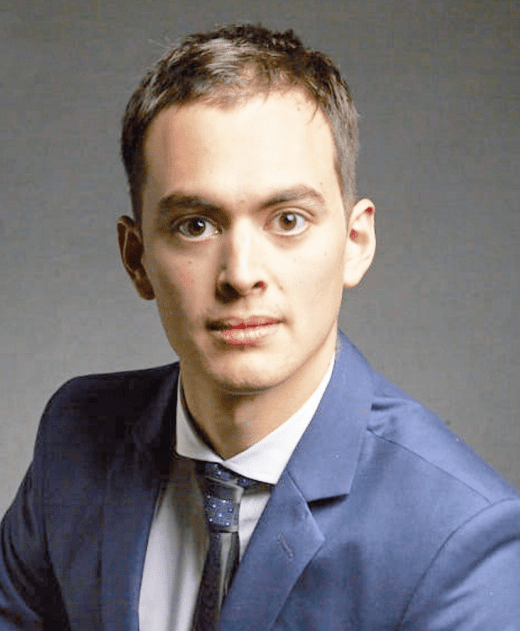
by Santiago Veros, b. 1990
Argentine choral composer Santiago Veros began his musical studies at age 7, and at 18 attended the National University of La Plata (Cuba), where he studied composition.
In 2013 he began his professional career as a choral composer writing for a children’s choir in Buenos Aires. In 2018 he became the first Latin American composer to write music for the largest choral festival in the world, the Europa Cantat 2018, held in Tallinn, Estonia.
Under his philosophy of joining borders, he has created virtual choirs with people from all over the world, built a global consortium called The Choral Club and created works under humanitarian slogans.
Currently he works full time as a composer and also offers workshops to encourage the creation of new music and to write music in a way that promotes community.
TRANSLATIONS
Kyrie
Kyrie eleison, Christe eleison
Lord have mercy; Christ have mercy
Riu, Riu, Chiu
(refrain)
Riu, riu, chiu, la guarda ribera
Dios guardó el lobo, el lobo de nuestra cordera
Dios guardó el lobo, el lobo de nuestra cordera
(verse i)
El lobo rabioso la quíso morder
mas Dios poderoso la supo defender
quíso la hacer queno pudiese pecar
ni aún original esta virgen no tuviera
(verse ii)
Este qu’es nacido es el gran monarca
Christi patriarca de carne vestido
hanos redemido con se hacer chiquito
a un qu’era infinito, finito se hiziera
(verse iii)
Este viene a dar a los muertos vida
viene a reparar de todos la caida
es la luz del día aqueste mozuelo
este es el cordero que San Juan dixera.
The river guardian (kingfisher) guards the river, as God keeps our lamb safe from the wolf.
The rabid wolf wants to bite her,
but God the powerful knows to defend her.
He wanted to make her unable to sin,
nor did she have original sin.
The one just born is a great monarch,
Christ, our patriarch, clothed in flesh.
We have redemption through this tiny creation.
Though infinite, finite he was made.
This One comes to give life to the dead,
He comes to repair the fall of all humankind,
He is the light of day, the Lamb of whom St. John spoke.
O Magnum Mysterium
O magnum mysterium et admirabile sacramentum
ut animalia viderent Dominum natum, jacentem in praesepio.
O beata virgo, cujus viscera meruerunt portare Dominum Jesum Christum.
Alleluia
O great mystery and wonderul sacrament,
that animals should see the newborn Lord lying in a manger!
Blessed is the Virgin whose womb was worthy to bear Christ the Lord.
Alleluia!
Una Forma Más
Pasa trotando el Rey Kronos, pasa una luz que nos ciega, pasa una verdad o un sueño, pero la vida se queda.
Se enciende rauda una flor, lento un lucero se cierra, y luego de cada luna nace un sol gritando tierra.
Dentro’ e las cosas vivimos, unos cerca, otros más lejos, y en cada paso que damos el amor nos da un espejo.
Tengo una forma más de adornarte la vida: buena sombra te cobija se es que a mi canto te arrimas.
Si el cielo torna oscuro, lo cosa se pone mala: recuerda aquello que dice “al mal tiempo, buena cara.”
La vida te da sorpresas, nunca se queda dormida, y la suerte siempre llega cuando menos lo imaginas.
Si al amor te recomiendas más sutil será la huella: sea en seda o en carbón, la vida será más bella.
La vida es un juez eterno de este juicio sin final, y luego el tiempo caloca las cosas en su lugar
There passes King Kronos, jogging; there passes a blinding light; there passes a truth or a dream, but life remains.
A flower ignites swiftly; slowly a star loses its brightness, and then after every moon, the sun rises, proclaiming earth.
We all live this life inside our own world; some close, others far away; and with every step we take, love gives us a mirror.
There are people who don’t look at it, people who don’t see it, and the one who breaks it gets lost searching for what is gone.
I have another way to adorn your life: Good shade will shelter you if you get close to my song.
If the sky turns dark, the situation turns worse. Remember the saying, “To bad times, nice faces.”
Life always surprises us; it never goes to sleep. Luck always comes when you least expect it.
If you give yourself to love, your footprint will be more subtle. Whether it is in silk or in coal, life will be more beautiful.
Life is like an eternal judge of an unending judgment, and only time allows everything to be in its place.
Ubi Caritas
Ubi caritas et amor, Deus ibi est.
Congregavit nos in unum Christi amor.
Exsultemus et in ipso jucundemur.
Timeamus et amemus Deum vivum.
Et ex corde diligamus nos sincero.
Amen
Where charity and love are, God is there.
The love of Christ has gathered us together.
Let us rejoice and be glad in it.
Let us revere and love the living God.
And from a sincere heart let us love one another.
Amen
Hymne au Soleil
Du soleil qui renaît benissons la puissance;
Avec tout l’universe célébrons son retour.
Couronné de splendeur il se lêve, il se lance.
Le réveil de la terre est un hymne d’amour.
Sept coursiers, qu’en partant le Dieu contient a peîne,
En flamment l’horizon de leurs brûlante haleine.
O soleil fécond, tu parais!
(solo)
Avec ses champs en fleurs, ses monts, ses bois épais
la vaste mer de tes feux embrasée,
L’univers, plus jeune and plus frais,
Des vapeurs du matin sont brillantes de rosée.
Let us bless the power of the reborn sun.
With all the universe let us celebrate its return.
Crowned with splendor, it rises, it soars.
The waking of the earth is a hymn of love.
Seven rushing steeds that the God scarcely holds back
Ignite the horizon with their scorching breath.
Oh, vivid sun, you appear!
(solo)
With its fields in bloom, its mountains, its thick forests,
The vast sea set ablaze by your fires,
The universe, younger and fresher,
With morning vapors are glistening with dew.
Galaxias
Y la tiniebla del ocaso desvanece cuando la luz de los ancestros forma un manto que protege y guía.
Un ser iluminando las galaxias la certeza el camino de el naufrago el fulgor de la existencia del tiempo y en la distancia;
La aurora ancestral de luz dorada, despertar desalba los ojos radiantes de certezas condensados en rayos luminosos.
El enterno fulgor del alma: un instante de infinitas distancias y el amanecer de millones de albas.
And the shadow of twilight fades when the light of the ancestors forms a mantle that protects us and guides us.
A being illuminating the galaxies, the certainty on the shipwrecked path the glint of existence, time, and distance.
The ancient aurora of golden light at the awakening of the dawn, the eyes radiant with certainties condensed into rays of light.
The eternal radiance of the soul: an instant of infinite distances and the birth of a million dawns.
